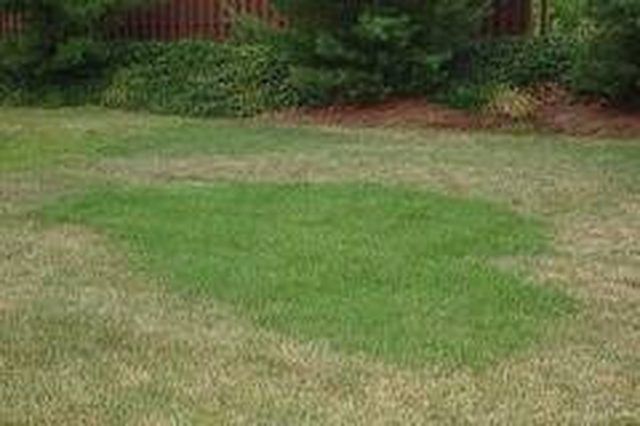Bulbs
Flower Basics
Flower Beds & Specialty Gardens
Flower Garden
Garden Furniture
Garden Gnomes
Garden Seeds
Garden Sheds
Garden Statues
Garden Tools & Supplies
Gardening Basics
Green & Organic
Groundcovers & Vines
Growing Annuals
Growing Basil
Growing Beans
Growing Berries
Growing Blueberries
Growing Cactus
Growing Corn
Growing Cotton
Growing Edibles
Growing Flowers
Growing Garlic
Growing Grapes
Growing Grass
Growing Herbs
Growing Jasmine
Growing Mint
Growing Mushrooms
Orchids
Growing Peanuts
Growing Perennials
Growing Plants
Growing Rosemary
Growing Roses
Growing Strawberries
Growing Sunflowers
Growing Thyme
Growing Tomatoes
Growing Tulips
Growing Vegetables
Herb Basics
Herb Garden
Indoor Growing
Landscaping Basics
Landscaping Patios
Landscaping Plants
Landscaping Shrubs
Landscaping Trees
Landscaping Walks & Pathways
Lawn Basics
Lawn Maintenance
Lawn Mowers
Lawn Ornaments
Lawn Planting
Lawn Tools
Outdoor Growing
Overall Landscape Planning
Pests, Weeds & Problems
Plant Basics
Rock Garden
Rose Garden
Shrubs
Soil
Specialty Gardens
Trees
Vegetable Garden
Yard Maintenance
How to Use a Thatch Rake
How to Use a Thatch Rake. Thatch occurs when plant material builds up on the surface of your lawn. While some thatch is a good thing, too much will eventually kill your lawn by starving it of oxygen and nutrients. If your lawn is brown underneath a green surface--or if it looks dead when you mow--you may need to thatch. If you have a small lawn or...

Thatch occurs when plant material builds up on the surface of your lawn. While some thatch is a good thing, too much will eventually kill your lawn by starving it of oxygen and nutrients. If your lawn is brown underneath a green surface--or if it looks dead when you mow--you may need to thatch. If you have a small lawn or need to thatch only a small area of grass, then your best bet is to use a thatch rake, sometimes referred to as a "dethatching" rake.
Things You'll Need
Thatch rake
Lawn mower
Leaf rake
Remove a small plug of your lawn. Measure the layer of thatch. A small layer, less than 1/2-inch, is good for your lawn. It will help moderate water levels and the surface temperature of your lawn while keeping down weeds. More than 1/2-inch of thatch will restrict the air movement; that can literally suffocate it and lead to problems with fungus and bacteria.
Mow your lawn so the grass is approximately 1-inch high. This will make it easier to thatch.
Hold the thatch rake at an angle so the tines just cut into the soil.
Pull the rake toward you. Push it away to remove the thatch. However, some suggest that you should only use the thatch rake in one direction, or you will risk damaging the roots.
Rake up any thatch or debris with a leaf rake. Remove it from your lawn.
Reseed and fertilize your lawn, if desired.
Tips & Warnings
You only need to dethatch your lawn ever two or three years.
Dethatch cool-season lawns in the early fall or spring.
Dethatch warm-season laws in the early summer.
Your lawn will look worse after you use your thatch rake. That is normal, and it will look better in a few weeks.
Do not dethatch your lawn in the middle of the summer.